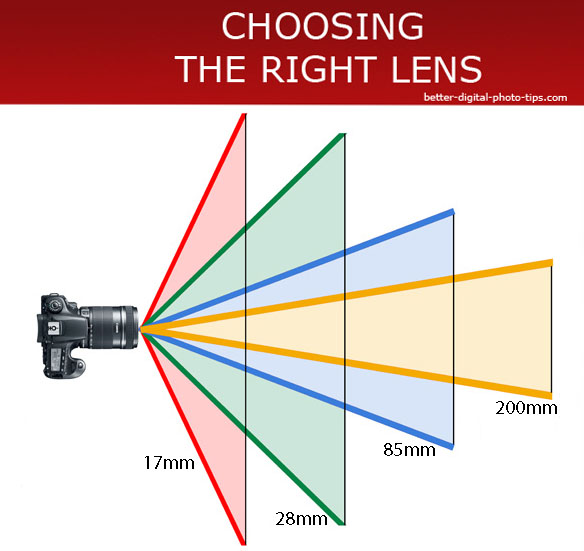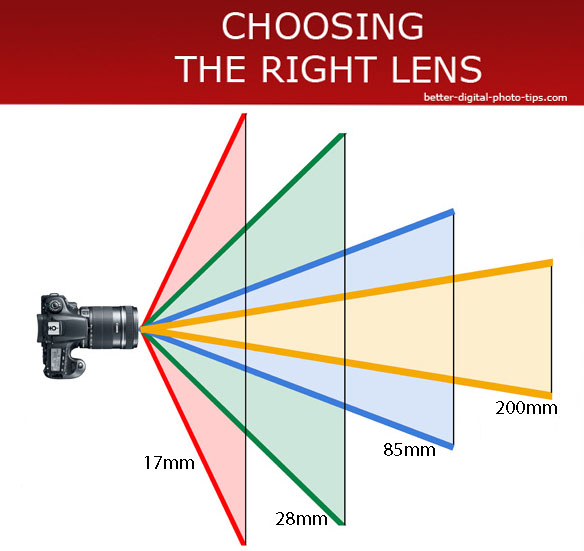Today, I’m going to share with you some knowledge about camera lenses. You know, when it comes to photography, many people mistakenly believe that simply possessing a camera is sufficient. However, that’s far from the truth. The lens you choose to use has a significant impact on the final appearance of your pictures. Even if you own the most advanced camera in the world, a subpar lens can lead to disappointing results.

First thing you need to know is that there’s different kinds of camera lenses out there. Some are zoom lenses, some are prime lenses. Zoom lenses let you change the focal length, which means you can get a closer look at something without moving your feet. Prime lenses, on the other hand, don’t have that zooming feature, but they’re often sharper and better for certain kinds of shots. The lens you choose, well, it’s got a lot to do with what kind of pictures you want to take.
Now, let’s talk about how the lens affects the image quality. It’s like this: when you’re using a camera, the lens is the part that lets the light in. The better the lens, the better the light that hits the sensor. And when the light hits the sensor just right, it helps to create a clearer, sharper image. If you got a cheap lens, though, the light don’t work as well, and your pictures might come out blurry or dark. Now, I ain’t saying you can’t take a good picture with a cheap lens, but it sure does make things harder.
One of the big things that makes a lens good or bad is its aperture. The aperture controls how much light comes in, and it also affects how much of your picture is in focus. A big aperture – that is, a small f-number – lets in more light, which is great when you’re shooting in low light. But it also means less of your picture might be in focus, which could be good or bad depending on what you’re after. A smaller aperture, though, will get more of your picture in focus, but you might need more light to get a good shot. It’s all about balance.
Now, let me tell you about something else: focal length. The focal length of your lens is how far the lens can zoom in or out. A longer focal length gives you a more zoomed-in picture, like when you’re taking a close-up of a bird in the trees. A shorter focal length gives you a wider shot, like when you’re trying to take a picture of a whole bunch of people standing together. The focal length affects how much of the scene you can get in the shot, and that changes the feel of the picture.
But here’s the kicker – not all lenses are made the same. Some lenses, especially the ones made for professionals, use higher-quality materials and have better design. These lenses give you sharper, clearer images. The consumer-grade lenses, on the other hand, well, they might not be as sharp, and they might give you some funky effects like distortion or chromatic aberration. That’s when you start seeing weird colors around the edges of things in your picture, like a purple halo around a white fence post. Ain’t pretty, that’s for sure.
Speaking of distortion, let me tell you – it ain’t always the lens’s fault. Sometimes it’s just how the lens works with the light. There’s what they call “barrel distortion” – that’s when the edges of your picture look all warped, like you’re looking through a barrel. Then there’s “pincushion distortion,” which is the opposite, where the edges look like they’re sucked in. Don’t worry too much though, because you can fix a lot of this stuff in post-processing. But, if you got a lens that’s built better, you won’t have to do as much fixing.
What about older lenses, you ask? Well, if you’re using an old lens, it might not work as well with modern cameras. The design and materials of the lens might be outdated, and that can lead to lower resolution and less sharpness. But hey, if you’re in the market for a lens, don’t forget about the adapters! You can use adapters to fit old lenses on newer cameras, but sometimes they don’t work so great. They might make your pictures worse, or they could bring out the flaws in the lens, like vignetting – where the corners of your pictures get all dark and shadowy. Not exactly what you want when you’re trying to get a perfect shot!
So, to sum it up, your camera lens has a big say in the quality of your pictures. The better the lens, the better the picture. But it’s not just about having any old lens – you need to think about the aperture, focal length, and the overall quality of the lens. Whether you’re using a zoom lens or a prime lens, a good lens will make your pictures sharper, clearer, and more professional-looking. So, if you want to take some good photos, you best be paying attention to that lens you’re using!
Tags:[camera lenses, image quality, photography, lens aperture, focal length, lens types, zoom lenses, prime lenses, professional lenses, camera tips]
